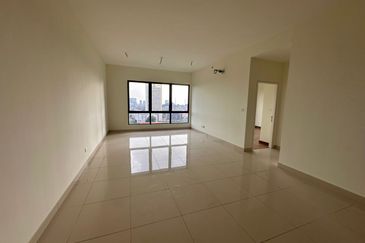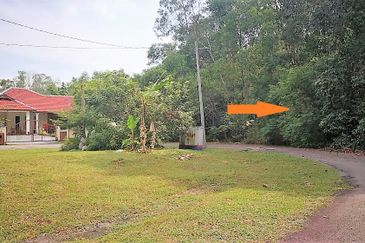Property sector (Sept 5)
Upgrade to neutral from underweight: Year to date (YTD), the Kuala Lumpur Property Index (KLPRP) is up by 2.8%, outperforming the FBM KLCI’s 1.5% gained as property counters rallied post sentiment boosters from the July overnight policy rate cut against the last quarter when the KLPRP had declined by 3.5% YTD versus the FBM KLCI’s 0.1% decline.
Notably, big cap developers benefited the most with an average gain of 8.7% YTD versus small-medium caps at a decline of 4.5% YTD.
The top performer was UOA Development Bhd (up 18.8% YTD) which was our preferred pick in the last quarter due to its product positioning, defensive and high-yielding qualities.
Although we had indicated that interest rate cuts at this juncture will not significantly spur property transactions, it became a sentiment booster.
Coupled with market rumours of positive measures during the upcoming Budget 2017, investors have taken some bets on the sector.
The question is will investors take profit upon the good news as the physical property market remains challenging? Is the good news enough to push developers to show strong year-on-year (y-o-y) growth in sales again?
In our last sector report, we highlighted that Budget 2017 will still be very “rakyat-centric”, that is to say government-housing-schemes driven, and expect the impact to be relatively muted for developers.
Lowering or removing real property gains tax (RPGT) or increasing the 70% loan-to-value cap on third home purchases is very unlikely as these are addressing “non-home ownerships” markets; note that lowering/removing RPGTs at this juncture would be extremely detrimental to the primary market.
We also mentioned that if there is an increase in Employees Provident Fund (EPF) Account 2, this will help increase home ownerships, but again we stress that it may require more studies by EPF due to long-term repercussions on future retirees.
As housing affordability issues continue to persist while political pressure ensues, the government may be hard-pressed to relax policies for first-home buyers.
The recent market rumblings are bringing back Developer Interest Bearing Scheme for first-time homebuyers only, changing loan assessment methods for first-time homebuyers, increasing EPF Account 2 allocation from 30% to 40%.
We made a few observations, we noted that annual EPF contributions y-o-y growth rate has slowed down to up 5% in 2015 versus up 14% in 2011, which is in tandem with the trends observed with active EPF members.
In contrast, the number and amount of housing related withdrawals has sharply increased by 17% y-o-y to RM5.9 billion in 2015 versus gained 1% in 2011.
We also note that there is an inverse relationship between the annual growth rate in EPF withdrawals for housing versus Malaysia’s property sales transaction volumes and values, which saw a decline of 5% and 10% y-o-y in 2015.
We reckon it is because the withdrawals may also coincide with completions in addition to initial house funding. Thus, there is no concrete relationship, although we acknowledge that it has been extremely helpful in keeping the sector afloat as the amount of withdrawal per transaction is quite meaningful to alleviate financing or entry burdens.
— Kenanga Research, Sept 2
This article first appeared in The Edge Financial Daily, on Sept 5, 2016. Subscribe to The Edge Financial Daily here.
TOP PICKS BY EDGEPROP

Taman Tun Dr Ismail (TTDI)
Taman Tun Dr Ismail, Kuala Lumpur

Pantai Hillpark 5
Pantai Dalam/Kerinchi, Kuala Lumpur

Kenny Hills (Bukit Tunku)
Kenny Hills (Bukit Tunku), Kuala Lumpur






















